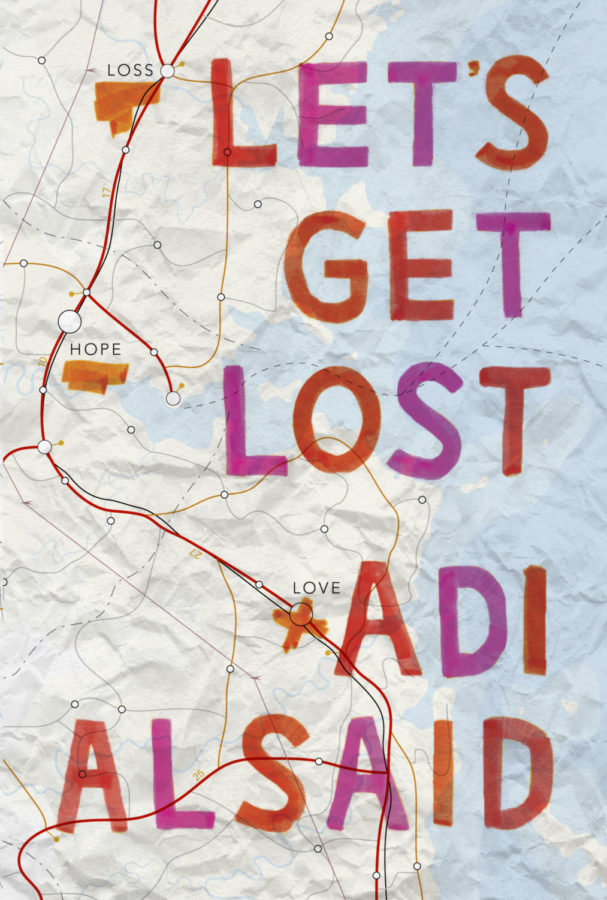All Booked: Let’s Get Lost
When I was home for winter break, my favorite thing to do was go to Barnes and Noble and select random books to read from the “Teen Romance” section. This order of operations was always a gamble. As break progressed, I started to learn a few tricks of the trade: 1. Being a New York Times Best Selling Author actually meant a lot more than a pretentious title; 2. If the book isn’t good in the beginning, it’s probably not going to get much better; and 3. A lot of the books from the “Teen Romance” section are just not very good (this probably seems like a no brainer, but you live and you learn).
Nevertheless, in attempts to stock pile as many non-academic books as possible to bring back to school, considering there isn’t a Barnes and Noble anywhere near Carlisle, I decided on Let’s Get Lost by Adi Alsaid.
Let’s begin with signs that should have been red flags against buying this book. The old saying “don’t judge a book by it’s cover” is definitely correct. Immediately, I was struck by the cover design of Alsaid’s novel. The highlights of “Loss, Hope and Love” on a map, the use of pastel colors (the ultimate way to my heart) and the all-around aesthetically pleasing design, were enough to make me ignore my own #1 tip. Also, the fact that the blurb on the back cover used multiple clichés such as, “She crashes into their lives… the moment they need someone the most,” should have made me roll my eyes and put it down immediately. However, I was in the “Teen Romance” section and, after all, if not for being full of clichés what else does it have going for it?
With all that in mind, I still bought, and finished, Let’s Get Lost. Overall, it wasn’t the best book I’ve ever read, but it also wasn’t the worse. The novel follows Leila, a girl who travels across the country in hopes of seeing the Northern Lights as her final destination. Along the way, she picks up strangers and makes connections that last far beyond their drive together.
Despite the flaws in the plot, such as why an eighteen-year-old would be allowed to travel cross country on her own and think it’s a great idea to pick up random strangers, I can appreciate the structure. The book is formulated into five sections and each section follows a new character. Seemingly unconnected, the reader eventually connects the dots when a red car rolls into the picture, with a consistent physical description of Leila to follow. After following the story of four passengers, the book concludes with Leila’s perspective. The reader finally finds out about the past of the girl with a seeming heart of gold. This reveal, while interesting, is the ultimate cliché. In fact, I think I laughed out loud when I read the chapter because I never would have guessed it; not because I was shocked, but because it was ridiculous.
Overall, Let’s Get Lost was a nice read. I didn’t demand that my friends drop everything and read it (I’ve done this multiple times in the past), but I didn’t even think about mentioning the novel to them either. It didn’t make me look at life differently (believe it or not, sometimes I’ll find a gem in the “Teen Romance” section, for what it’s worth). For a causal read I was captivated; not left on the edge of my seat, but I didn’t go into the book hoping to be.



